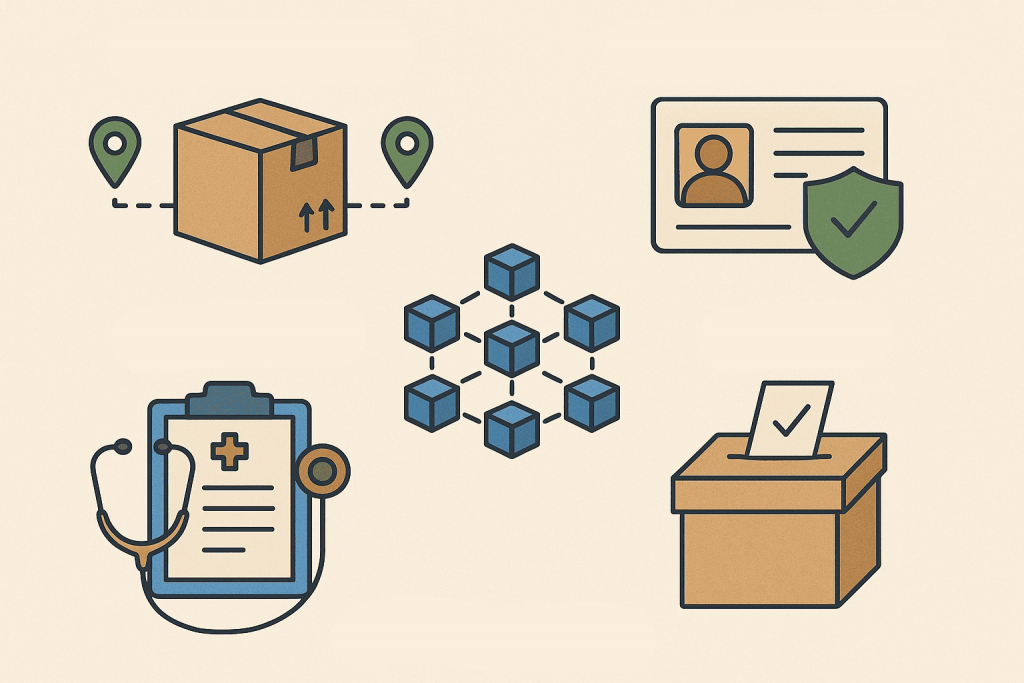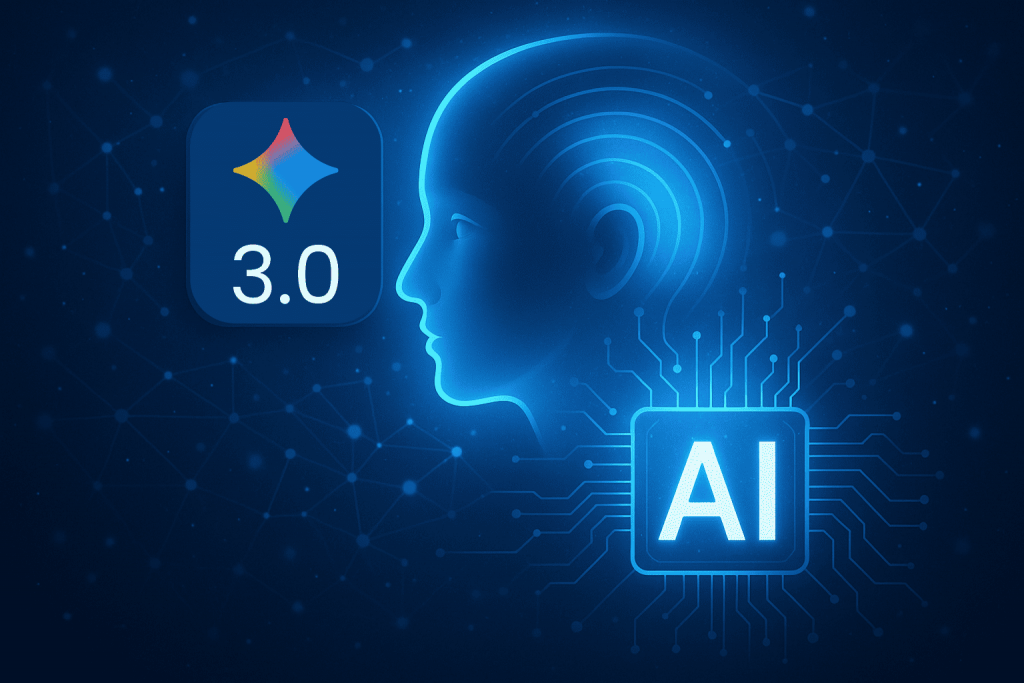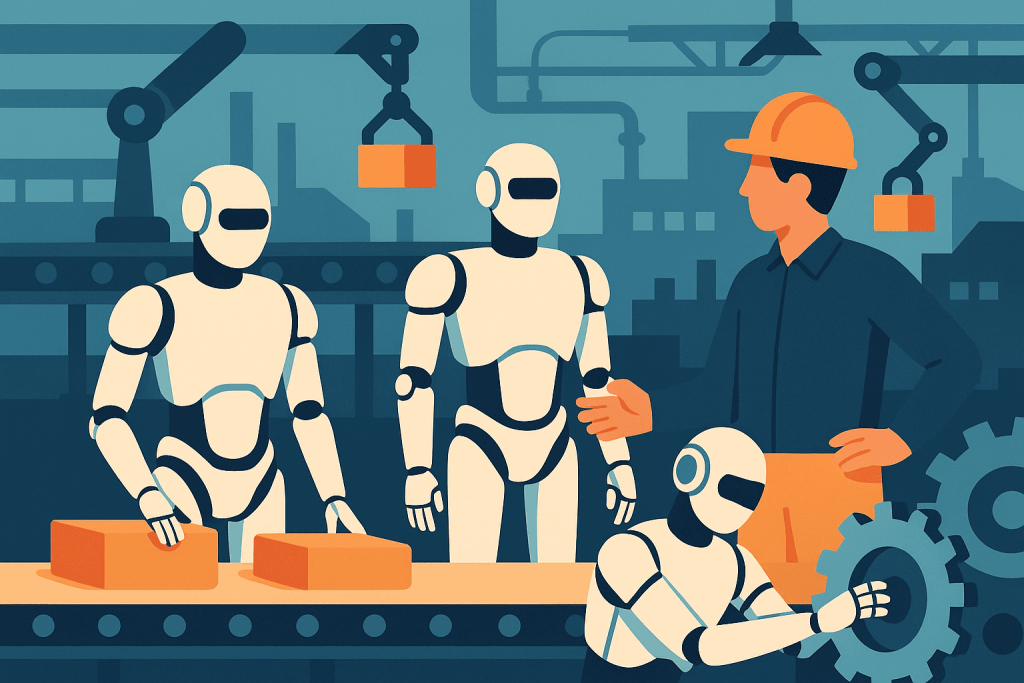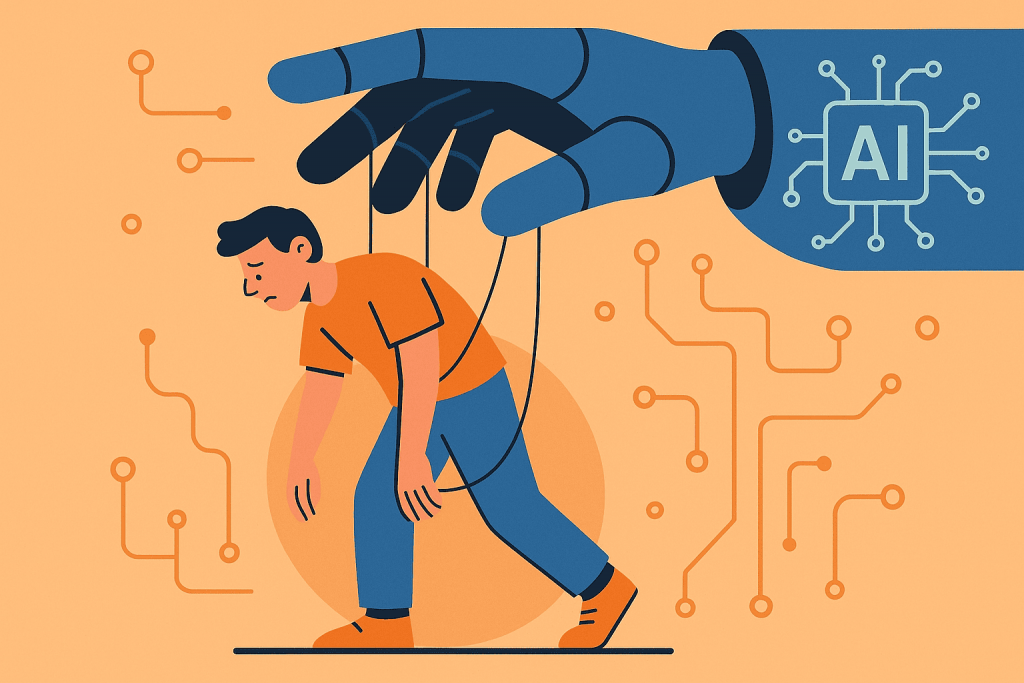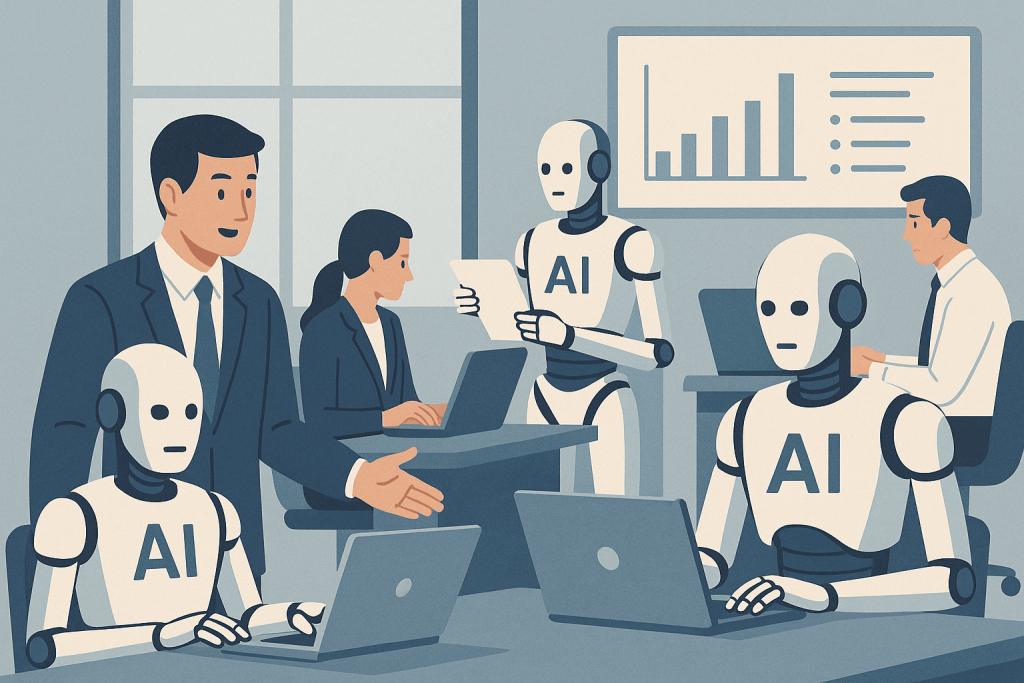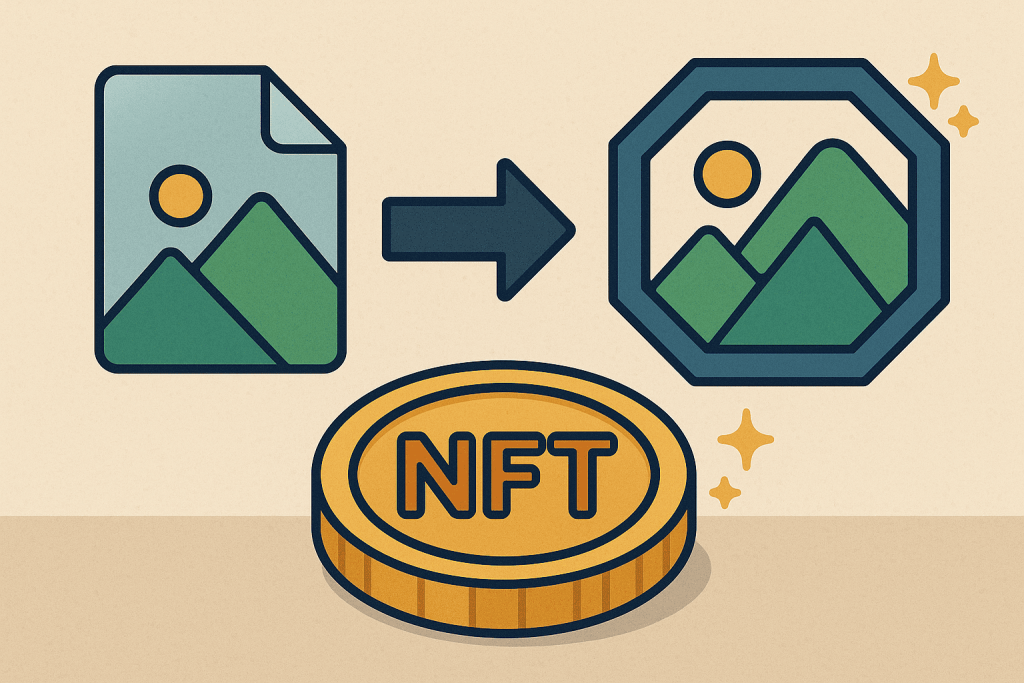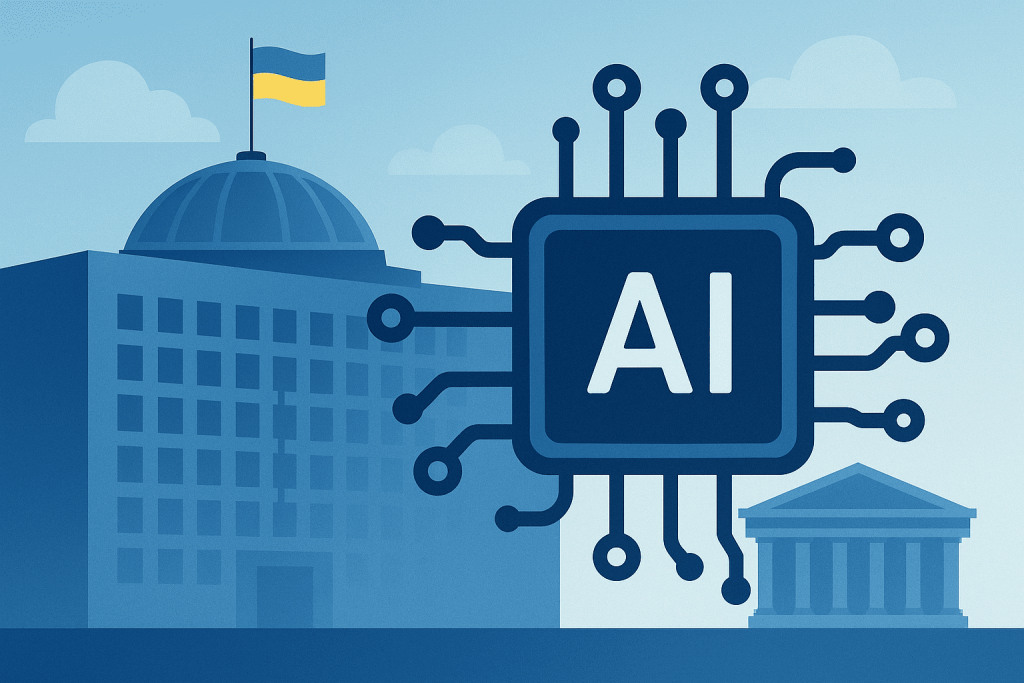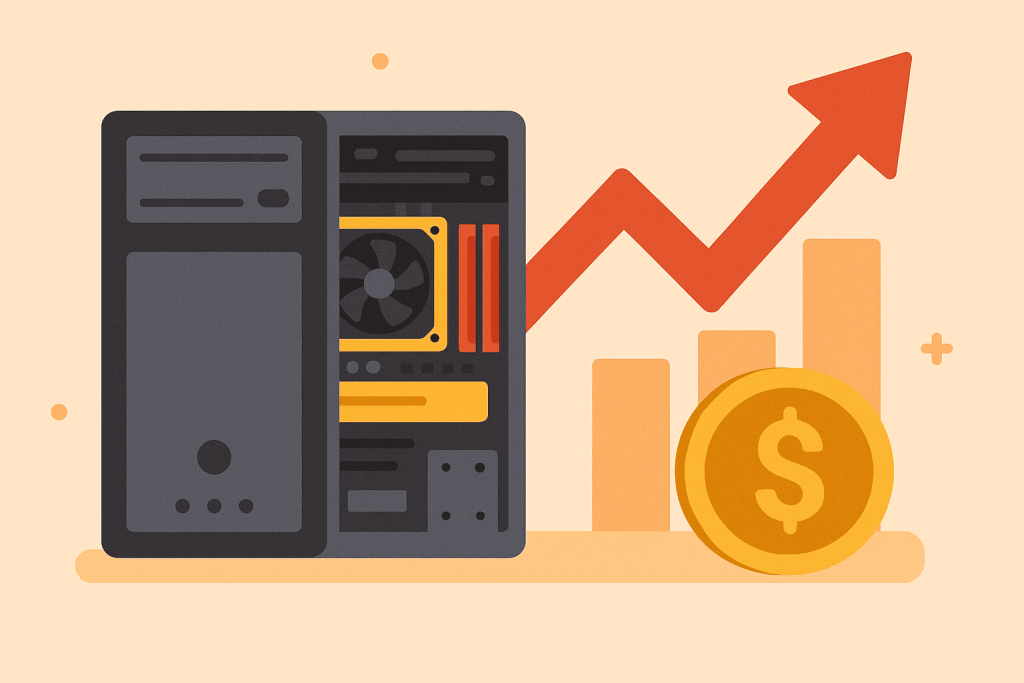
In the coming years, building a personal computer may become significantly more expensive than we are used to. The reason is a global shift of production capacity toward artificial intelligence. Major companies that previously supplied the market with RAM, storage devices, and GPU chips are now redirecting their manufacturing to meet the needs of data centers and AI models. All this creates a shortage of components and leads to rising prices.

